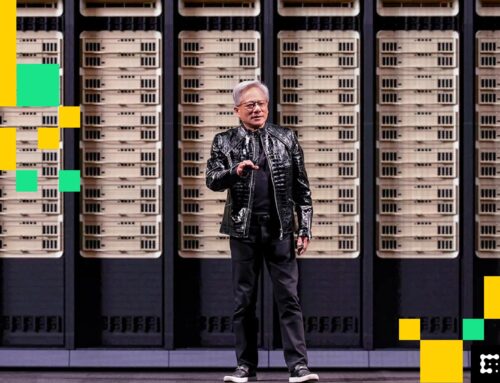Ethereum’s Pectra Upgrade Is Coming—But What Changes Will It Bring?
April 24, 2025
- Ethereum will launch the Pectra upgrade on its mainnet on May 7, 2025.
- The upgrade includes EIP-7702, which adds smart contract features to standard accounts.
- Pectra will double the number of data blobs per block to improve Layer 2 scalability.
Ethereum will launch its Pectra upgrade on May 7, 2025, marking a key milestone in its development roadmap. The update brings more scalable performance features, essential validator requirements, and better user interaction. According to Tim Beiko, the update will be released during epoch 364032 after the testnet experienced brief obstacles.
EIP-7702 will allow externally owned accounts (EOAs) to act like smart contracts, which broadens Ethereum’s functionality for everyday users. Upgraded accounts introduced from EIP-7702 can execute transaction batching and gas fee sponsorship and perform asset recovery while retaining assets in the initial wallet. This change aims to simplify the user experience and improve overall wallet security on the Ethereum network.
The proposal adds built-in complex capability that had previously required contract wallets, thus allowing wider use by non-technical account owners. This innovation establishes essential infrastructure required by programs that need dynamic wallet management systems, such as automated financial solutions and decentralized wallet services. The enhancement reflects Ethereum’s broader push toward making the network more intuitive without compromising its decentralized nature.
By enabling EOAs to interact in more advanced ways, Ethereum moves closer to a unified account system that empowers users. The adoption level increases while use cases benefit from advanced account logic through this evolution. Developers have new opportunities to construct better tools and applications using intelligent and efficient accounts.
The Pectra upgrade also introduces major improvements for Ethereum validators, boosting performance and reducing operational costs. Pectra validators enhance their reward efficiency while avoiding managing multiple validator keys by raising their effective staking balance to 2048 ETH. The changes applied to the peer-to-peer network improve its functionality by easing stress and reducing damage.
The upgrade removes the Proof of Work (PoW) follow distance rule, reducing the time needed to process deposits. Deposit processing and execution-layer-triggered withdrawals improve staking flexibility and quickens the processing time. Participants now have trustless security through withdrawals when setting up their staking activities.
The validator improvements align with Ethereum’s aim to streamline operations and reduce network load. The network achieves less complexity while reducing communication costs through fewer validator accounts that maintain greater balance amounts. This approach also helps Ethereum scale without compromising security or decentralization principles.
Ethereum’s Pectra upgrade increases the number of data blobs per block from 3 to 6, doubling current capacity. The upgrade allows Optimism, Arbitrum, and other L2 networks to scale quicker because they process larger amounts of data through each transaction. The extra data blobs will enable Ethereum to fulfill increasing demands from users of decentralized applications.
Through EIP-7623, network stabilization during peaks becomes possible through block size restrictions, which support the Pectra upgrade. The modified blob limit improves Layer 2 data availability while preventing the mainnet from encountering excessive size challenges. The development provides a secure method for expansion that maintains system performance and security levels.
With this boost, Ethereum positions itself as a more robust platform for decentralized finance, gaming, and social applications. The foundation of Layer 2 projects receives improved efficiency, allowing them to establish innovation and achieve mass adoption. This scalability step confirms Ethereum’s commitment to handling future growth while staying developer-friendly.
Search
RECENT PRESS RELEASES
Related Post




